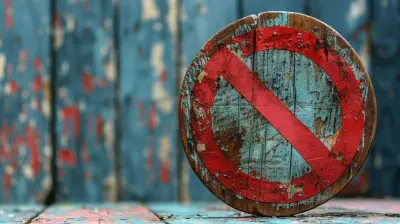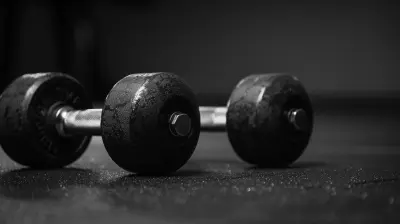The Impact of Environmental Toxins on Pregnancy
22 June 2025
Bringing a new life into the world is an exciting journey filled with joy, anticipation, and, of course, a few concerns. One of the most overlooked yet significant factors affecting pregnancy is environmental toxins. These invisible threats lurk in our air, water, food, and even household products, potentially influencing both the mother's health and the baby's development.
In this article, we'll dive deep into what these toxins are, how they impact pregnancy, and what you can do to protect yourself and your little one. So, grab a cup of tea, get comfy, and let's talk about keeping your pregnancy as toxin-free as possible! 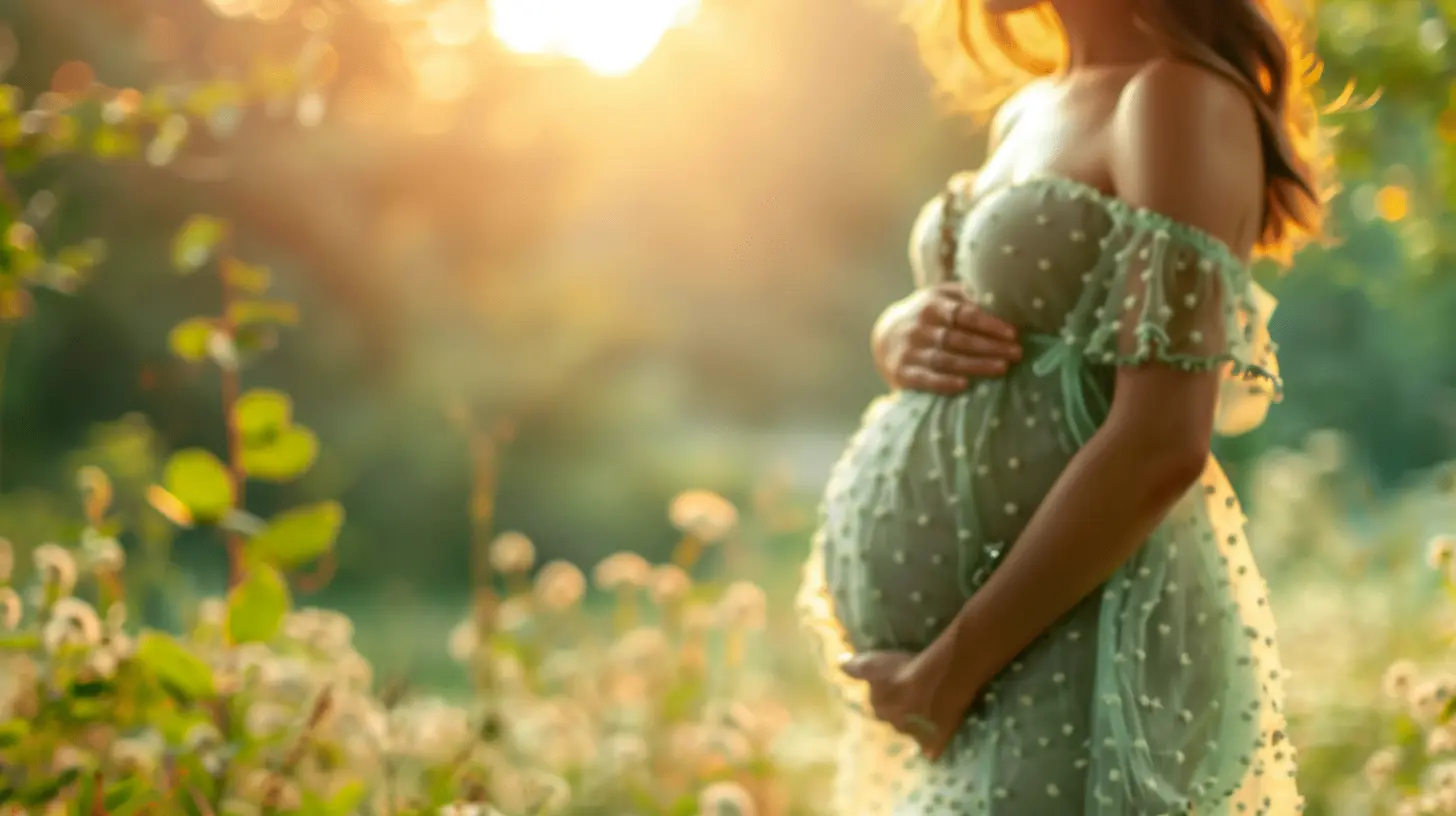
What Are Environmental Toxins?
Environmental toxins are harmful substances found in the environment that can negatively affect human health. These can come from industrial pollution, household chemicals, pesticides, heavy metals, and even plastics.You’re probably wondering, “Aren’t these things everywhere?” Yep, they are! But don’t worry—understanding where they come from is the first step in reducing your exposure and ensuring a healthier pregnancy. 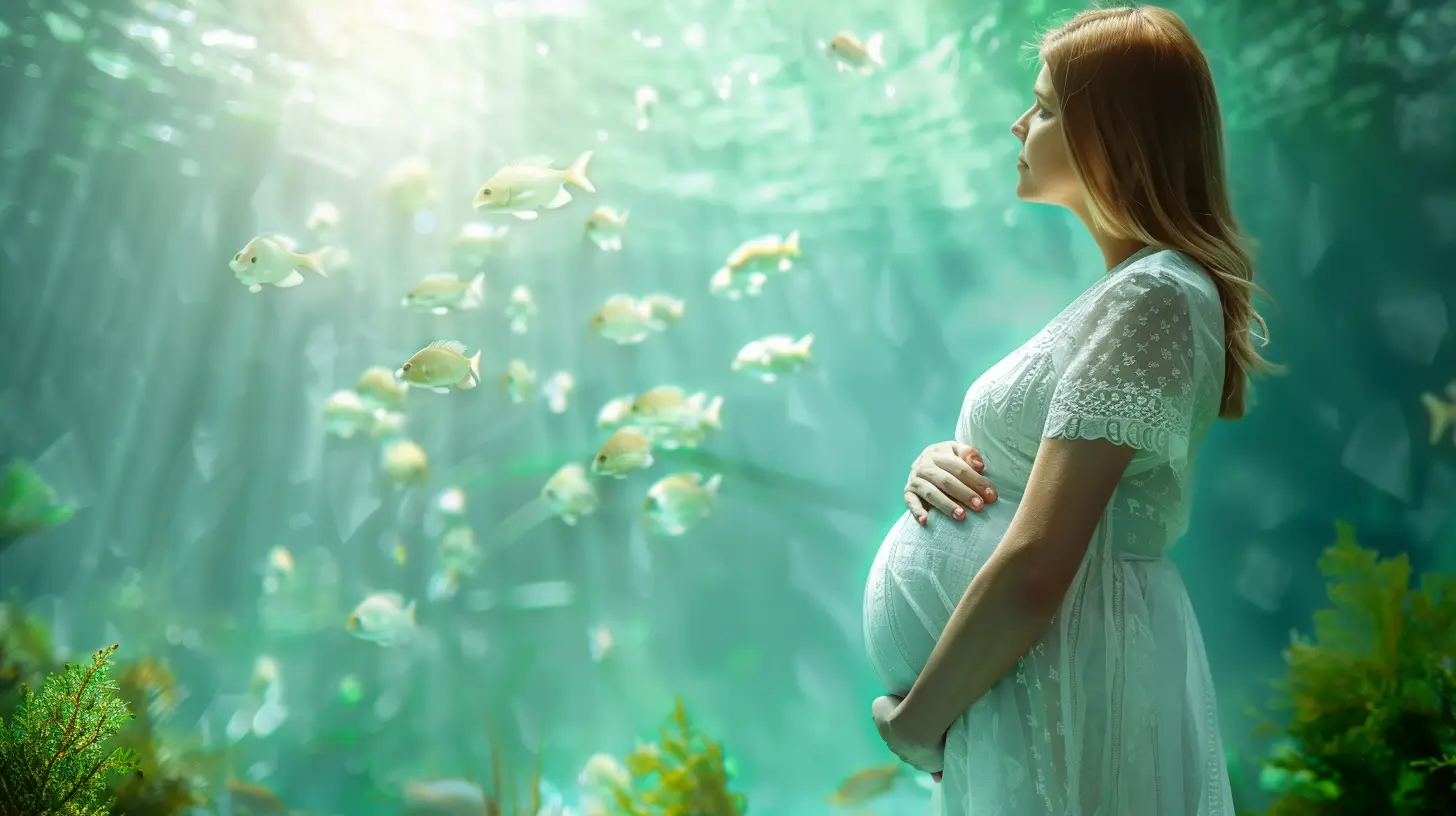
How Environmental Toxins Affect Pregnancy
During pregnancy, your body is working overtime to nurture your growing baby. But when toxins enter the picture, they can interfere with fetal development in several ways. Here’s how:1. Hormonal Disruptions
Many toxins, particularly endocrine-disrupting chemicals (EDCs), mimic or block essential hormones. This can lead to issues like improper fetal development, low birth weight, and even long-term health risks for the baby.2. Developmental and Birth Defects
Certain toxins, such as lead, mercury, and pesticides, have been linked to birth defects and developmental delays. Exposure during pregnancy increases the risk of congenital disabilities or neurological issues in the child.3. Preterm Birth and Low Birth Weight
Air pollution, cigarette smoke, and heavy metals can increase the risk of premature birth and low birth weight, which come with their own set of health challenges for newborns.4. Increased Risk of Miscarriage
High exposure to toxins, such as solvents and herbicides, has been associated with early pregnancy loss. While this might sound scary, the good news is that awareness and prevention can significantly reduce the risk.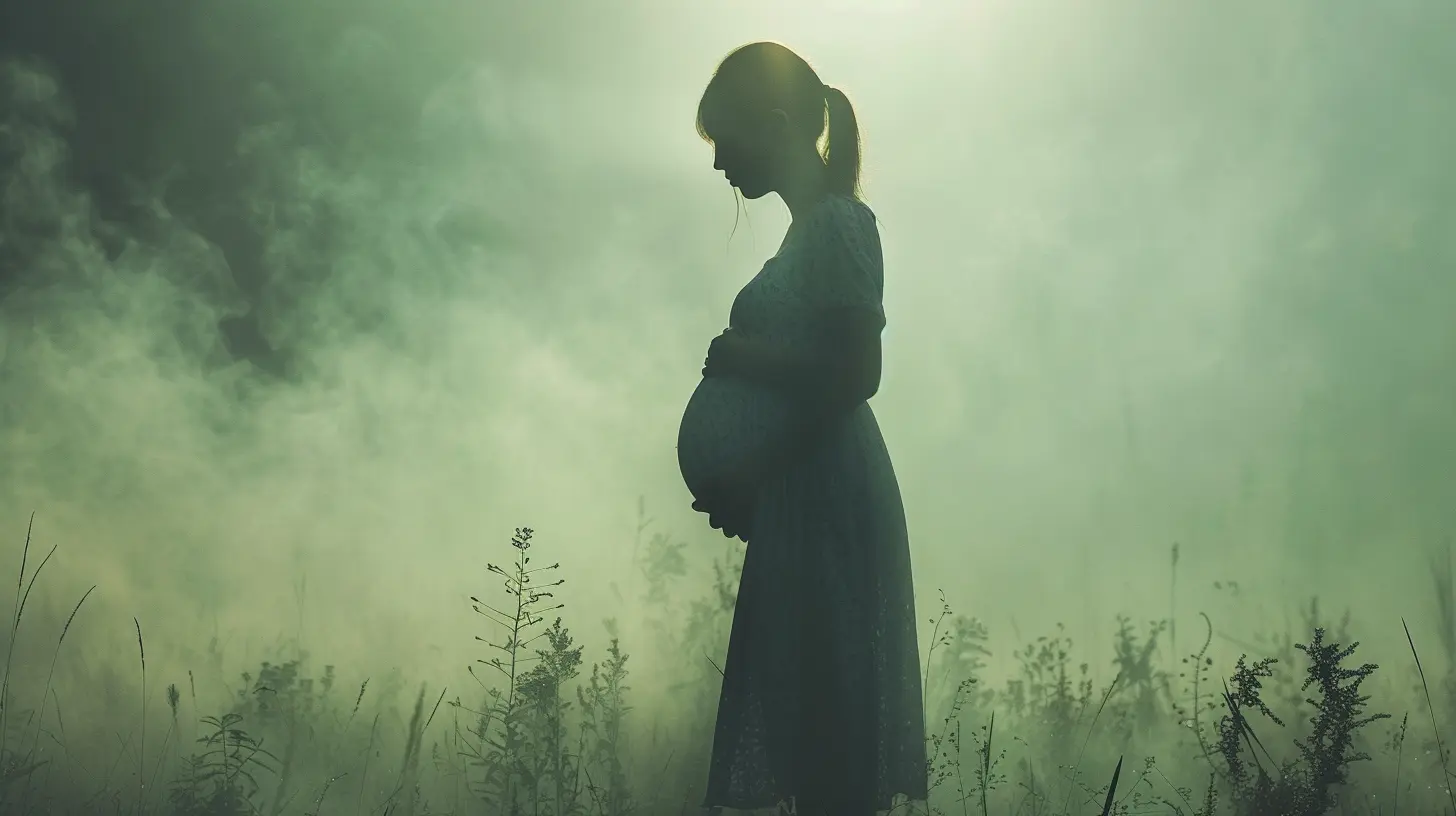
Common Environmental Toxins to Watch Out For
Now that we know how these toxins can affect pregnancy, let’s break down some of the most common ones and where they’re hiding.1. Air Pollution
- Comes from car fumes, industrial emissions, and even second-hand smoke.- Can increase risks of preeclampsia, low birth weight, and respiratory issues in infants.
2. Pesticides
- Found in non-organic fruits, vegetables, and even home pest control products.- Linked to developmental delays and neurological disorders in children.
3. Heavy Metals (Lead, Mercury, Arsenic)
- Present in old pipes, contaminated water, some seafood, and certain cosmetics.- Can interfere with fetal brain development and cause learning disabilities.
4. Plastic Chemicals (BPA and Phthalates)
- Found in plastic containers, canned food linings, and personal care products.- Can disrupt hormone function and increase risks of birth defects.
5. Household Cleaning Products
- Many contain toxic chemicals like ammonia, bleach, and synthetic fragrances.- Can lead to breathing difficulties and potential developmental issues in unborn babies.
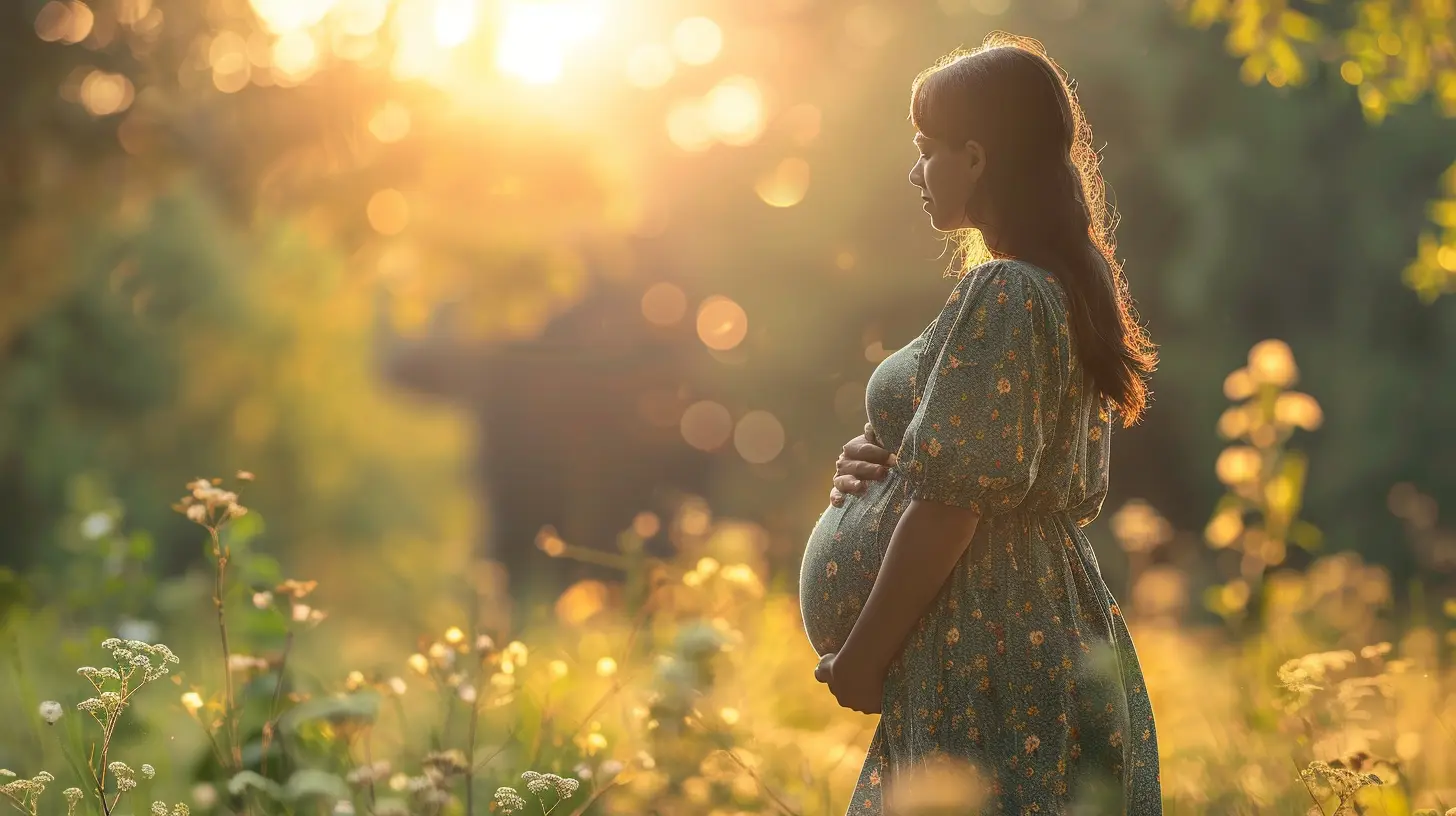
How to Reduce Exposure to Environmental Toxins During Pregnancy
Alright, let’s get practical! While it’s impossible to avoid every single toxin, there are plenty of ways to minimize exposure and create a healthier environment for you and your baby.1. Opt for Clean Air
- Avoid high-pollution areas, especially during pregnancy.- Use an air purifier in your home to reduce indoor pollutants.
- Say no to second-hand smoke—your baby’s lungs will thank you!
2. Go Organic Whenever Possible
- Choose organic fruits and vegetables to limit pesticide exposure.- Wash produce thoroughly if organic isn’t an option (vinegar + water does wonders!).
- Avoid processed foods with artificial additives.
3. Filter Your Water
- Use a high-quality water filter to remove lead, chlorine, and other contaminants.- Avoid drinking bottled water if it contains BPA.
4. Be Mindful of Seafood Consumption
- Limit high-mercury fish like tuna, swordfish, and king mackerel.- Opt for safer options like wild-caught salmon, shrimp, and sardines.
5. Ditch the Plastics
- Use glass, stainless steel, or BPA-free containers for food and drinks.- Never microwave food in plastic (those chemicals can leach into your food!).
- Choose baby bottles and sippy cups labeled “BPA-free” for future use.
6. Choose Non-Toxic Household Products
- Swap chemical-laden cleaners for natural alternatives like vinegar, baking soda, and lemon.- Use fragrance-free and non-toxic personal care products.
- Be cautious of air fresheners—they often contain harmful phthalates.
7. Reduce Stress (Yes, It Matters!)
- Did you know stress itself can increase toxin levels in your body? Take time to relax, practice mindfulness, and focus on self-care. A happy mom leads to a happy, healthy baby!Final Thoughts
Pregnancy is a beautiful time filled with excitement, love, and a whole lot of preparation. While environmental toxins might seem like an overwhelming topic, the key is awareness and simple lifestyle changes. By taking a few proactive steps, you can create a safer, healthier environment for both you and your growing baby.So, go ahead—breathe fresh air, eat clean, and enjoy your pregnancy journey with peace of mind. After all, your little one deserves the very best start in life!
all images in this post were generated using AI tools
Category:
Pregnancy HealthAuthor:

Laura Hudson
Discussion
rate this article
2 comments
Kinsley Walker
Essential insights on a crucial health topic—thank you!
December 12, 2025 at 4:50 AM
Otis Morrow
Toxins: Baby's not a fan!
June 26, 2025 at 3:46 PM

Laura Hudson
Thank you for your comment! It's essential to consider how environmental toxins can affect both mothers and their babies.
